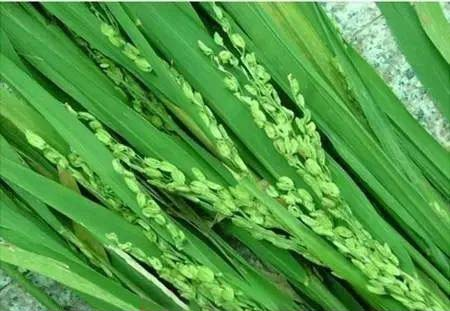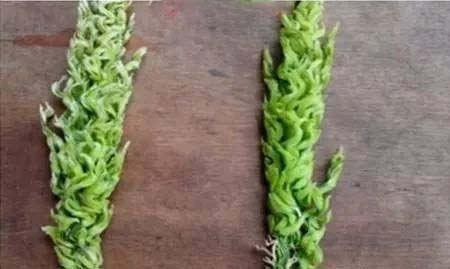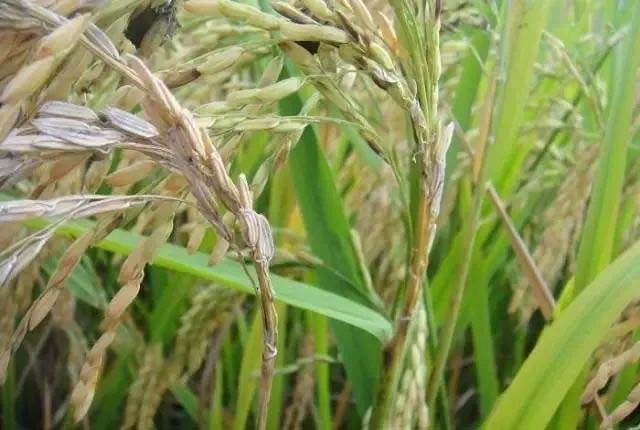High temperature sensitive period
Rice is most sensitive to high temperature during heading. The key period for inducing grain sterility is within 1-2 hours after flowering. The second sensitive period is about 10 days before heading.
Effect of high temperature on rice
High-temperature heat stress in rice refers to a meteorological agricultural disaster in which temperatures exceed the upper limit for normal rice growth, affecting normal flowering and fruit setting. This occurs during three critical stages: the differentiation of young panicles (10-15 days before heading, with temperatures reaching 33-35°C for consecutive 5 days or more, resulting in spikelet degeneration and increased sterile grains), the heading and flowering stage (3 consecutive days with temperatures exceeding 35°C, especially with high temperature stress on the flowering day, causing a decrease in anther dehiscence rate, pollen inactivation, leading to an increase in sterile flowers, resulting in fertilization barriers, severely affecting the fruiting rate), and the grain filling and ripening stage (5 consecutive days with temperatures exceeding 35°C, which can induce premature ripening due to high temperature stress, resulting in decreased grain plumpness and significantly reduced grain weight). This leads to an increase in unfilled grains, resulting in decreased yields or even crop failure.
Rice damage symptoms
1. During the panicle initiation stage, if exposed to continuous high temperatures above 35°C, rice spikelet development may be incomplete, pollen development may be impaired, vitality may decrease, and the rate of deformities may increase. Rice empty grain rate increase as well.



2. Heat damage during the heading and flowering stage affects pollen dispersal and pollen tube elongation, resulting in unsuccessful pollination and the formation of empty husks, leading to a decrease in grain filling rate and thousand-grain weight. Finally, the last three functional leaves undergo premature senescence, turning yellow, and the filling period is shortened.

Precaution
During high temperatures, deep water irrigation should be used. If conditions permit, day-night irrigation or long-flow irrigation can be used to cool down and increase humidity.
Apply granular fertilizer properly to increase the fruit setting rate and thousand-grain weight. Before the break, 8-10 pounds of potassium chloride can be applied per mu to increase plant stress resistance, reduce spikelet degradation, reduce empty grains, and increase grain weight.
Foliar application of external root fertilizer: Use 1.5kg potassium dihydrogen phosphate mixed with 450kg water per hectare, and conduct multiple foliar fertilizations consecutively. This not only reduces temperature and increases humidity but also replenishes the necessary moisture and nutrients for crop growth, and enhances resistance to high temperatures. Spraying potassium dihydrogen phosphate solution during heading and flowering can effectively reduce the degree of heat damage.
Irrigate with deep water during the flowering period: Keep the water layer at 5-10 cm during the flowering period, which can reduce the field microclimate temperature by 2-3°C and reduce heat damage.
Strengthen the prevention and control of pests and diseases: In particular, strengthen the prevention and control of pests and diseases such as sheath blight, rice blast, rice planthoppers and borers.